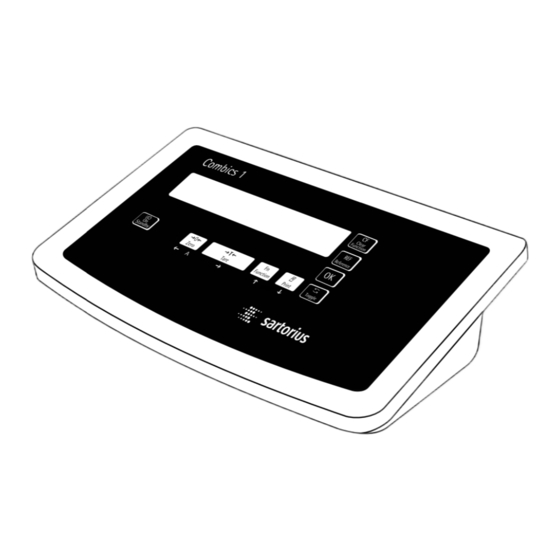
Sartorius combics 1 Operating Instructions Manual
Indicators
Hide thumbs
Also See for combics 1:
- Service manual (96 pages) ,
- Operating instructions manual (165 pages)





Need help?
Do you have a question about the combics 1 and is the answer not in the manual?
Questions and answers